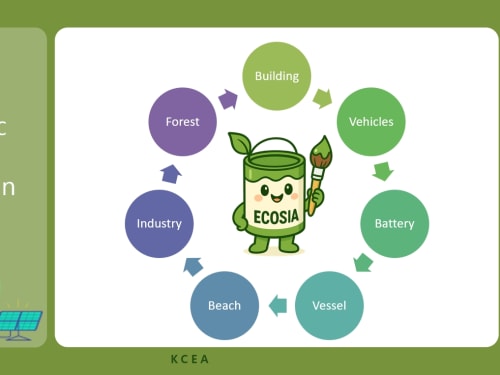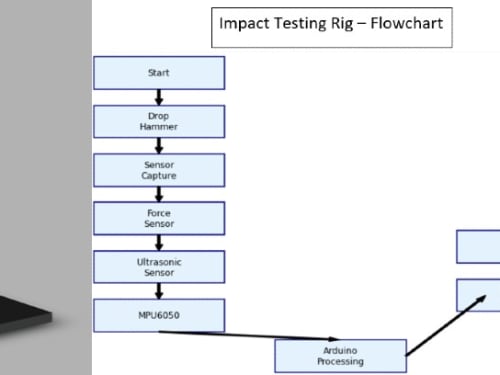Manufacturing & Materials
CoolPak is an innovative, biodegradable packaging solution developed to solve the persistent problem of cooling perishables in areas lacking cold chain infrastructure. Designed for use in food, pharmaceutical, and agricultural logistics, CoolPak utilizes natural agricultural waste—such as rice husk, sugarcane bagasse, and coconut coir—to create a lightweight,
Many modern devices and machines rely on external power sources such as batteries, fuel, or electricity from the grid. To enhance efficiency, reduce dependency on charging infrastructure, and enable operation in remote or emergency conditions, these devices could be equipped with self-power generation systems.
DRT-Sand™ is a novel materials innovation that transforms previously unusable desert or coastal sand into a functional construction-grade substrate through an advanced nanobonding process. Developed by Doctor T Company in Thailand, the system introduces a proprietary coating (TPoxy™) that binds each grain with a nanoscale film, resulting in engineered sand that is water-resistant, dust-suppressed,
For materials processing, laser manufacturing and machining, medical applications, etc., it is important to shape intensity and phase profile of the laser beam. To maintain optimum processing of materials, e.g., in drilling, the beam profile should be dynamically changed as the crater depth grows. Existing methods of dynamic shaping, viz., using an array of mechanically moving mirrors,
Plastic waste from single-use water bottles is a major environmental problem, polluting landfills and oceans worldwide. Despite recycling efforts, much plastic remains improperly disposed of. Meanwhile, 3D printing’s rapid growth demands affordable, sustainable filament materials. Converting waste bottles into 3D printing filament offers an eco-friendly solution, reducing pollution and providing a cost-effective resource.
The urban greenhouse has three patents granted in Mexico, allowing for sustainable and efficient vegetable cultivation with a 500% plant density, a 95% water consumption, and a 95% carbon footprint, reducing the distance between production and consumption.
Growing more plants to produce more nutritious and safe food in cities, consuming fewer resources. This is the goal of the Urban Greenhouse,
EcoSia® Inorganic Silicate Coating – Key Features & Advantages
EcoSia is a next-generation mineral paint engineered from potassium silicate, nanoscale ceramic fillers and functional additives. Unlike conventional acrylic or epoxy systems that form a plastic film, EcoSia reacts chemically with mineral or metal substrates to create a glass-ceramic network that is physically anchored (micro-silicification).
This project focuses on developing a simple and cost-effective impact testing rig using basic sensors and electronics to evaluate materials under low-energy impacts. Commercial testing machines like Charpy and Izod are commonly used, but they are often expensive (₹5–10 lakh commercial systems) and not easily accessible for small institutions or student-level research.
Page 2 of 6










